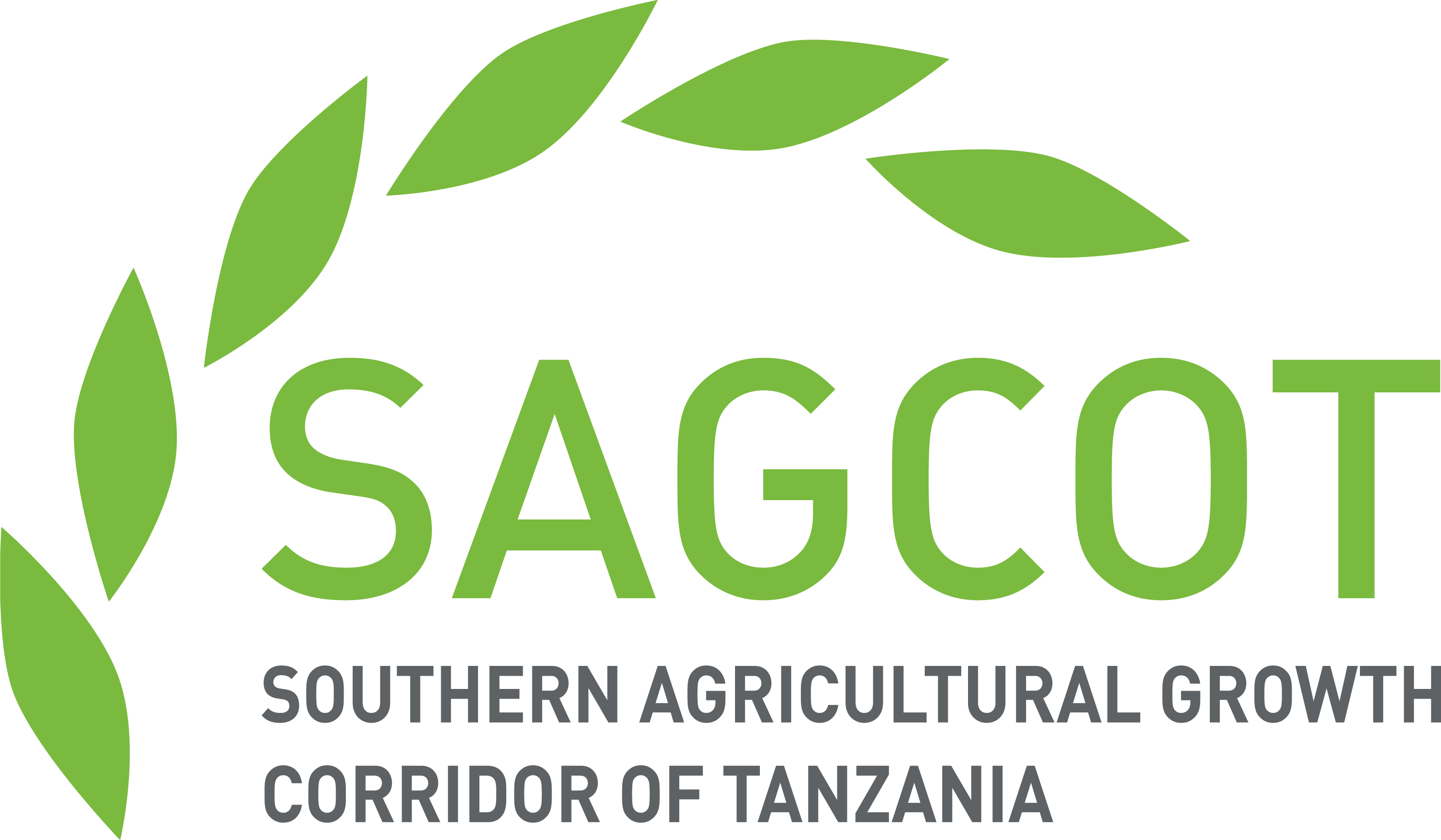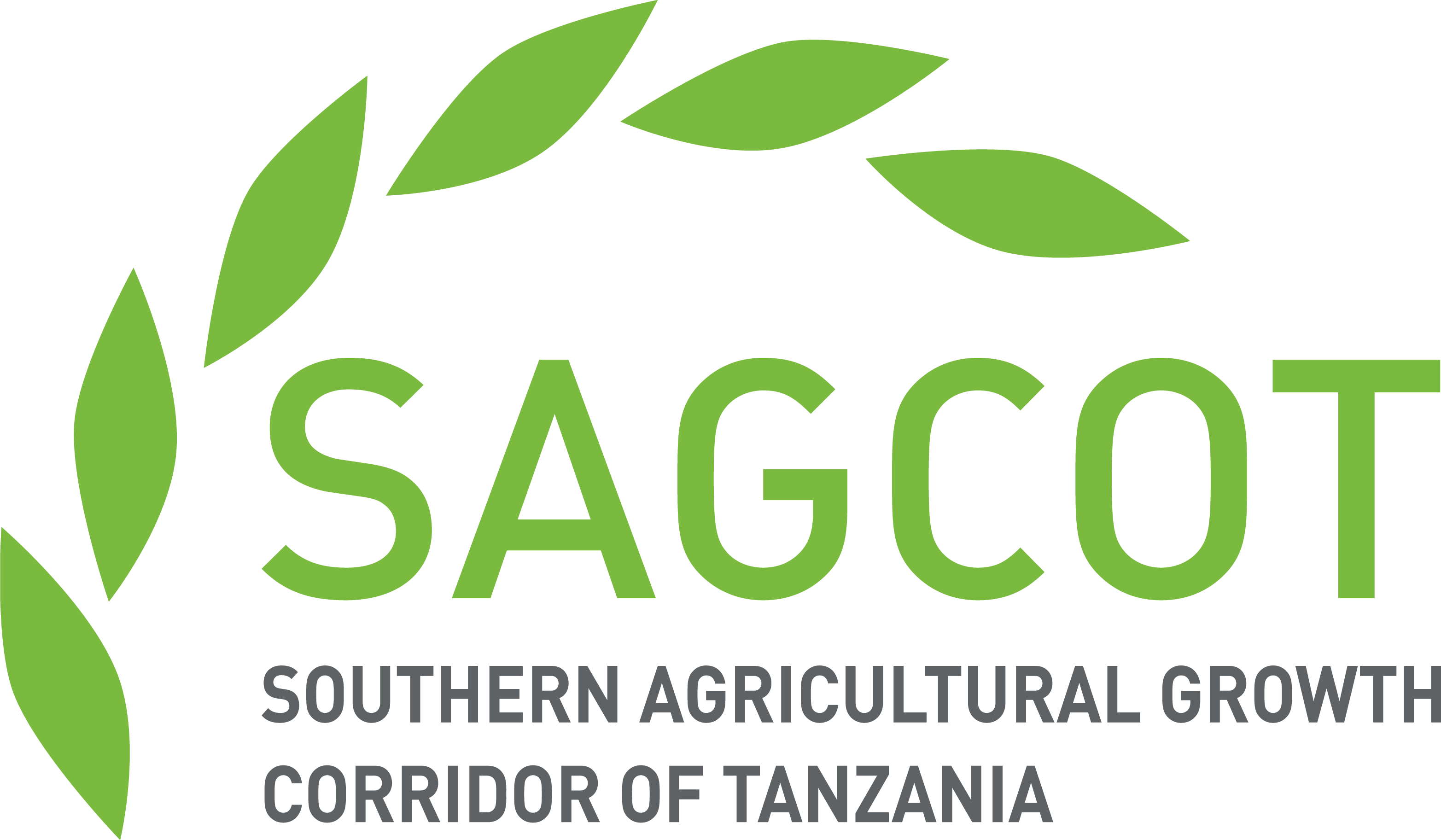On October 19, 2024, the second day of the Tanzania Poultry Show 2024 at the Mlimani City Conference Centre in Dar es Salaam, featured an impactful panel discussion titled “Unleashing Tanzania’s Potential on Soybean Production.” Moderated by Dr. Marcus Albany, Chair of the Soybean Association of Tanzania, the panel gathered leaders from various sectors to explore the importance of soybeans in supporting Tanzania’s agricultural and livestock industries, particularly the poultry sector. The panel examined current challenges in soybean production and outlined strategies to boost local output. This feature looks at the perspectives shared by government officials, private sector leaders, and industry experts, presenting a roadmap for advancing Tanzania’s soybean sector and fostering sustainable growth within the poultry industry.
Steven Michael – Director of Production and Marketing
Steven Michael, introduced as the Director of Production and Marketing at the Ministry of Livestock and Fisheries, underscored the urgency of expanding Tanzania’s soybean production to meet the growing demand. Representing the Ministry of Agriculture, Michael noted that while Tanzania needs over 400,000 tons of soybeans annually to support its livestock and poultry industries, current local production only amounts to about 200,000 tons. This shortfall forces reliance on costly imports, putting added strain on the agricultural sector.
Michael explained that the Ministry of Agriculture, as the primary authority on crop management, is actively collaborating with stakeholders, including SAGCOT, to address this production gap. He highlighted the government’s efforts to mobilize resources and establish a sustainable framework for increased soybean cultivation. One such initiative includes making available 26 plots of land for lease, initially designated for livestock grazing, which can now be utilized for soybean farming. This land leasing program provides a dual benefit by promoting livestock feed production and offering opportunities for agricultural investors.
Additionally, Michael pointed out that the Ministry is working to ensure the efficient use of these lands through comprehensive planning and legal frameworks. For example, leased lands come with secure usage rights, allowing companies to cultivate crops such as soybeans or establish feed-related infrastructure without fear of land loss. These legal safeguards encourage investors to commit to long-term projects, which are essential for stable soybean output.
Michael emphasized that collaboration with SAGCOT and other stakeholders remains crucial. Through these partnerships, the government aims to support the growth of the soybean sector by creating accessible farmland, establishing infrastructure, and enhancing local production capabilities. By focusing on strategic land use and fostering partnerships, the Ministry of Agriculture envisions a future where Tanzania can meet its soybean needs domestically, reducing dependency on imports and strengthening the nation’s agricultural economy.
Suphian Zuberi – Executive Secretary, Tanzania Feed Manufacturers Association (TAFMA)
The discussion then moved to Suphian Zuberi, Executive Secretary of TAFMA and representative of FALCON Animal Feeds Ltd, who provided a comprehensive overview of soybean’s role in animal nutrition. Zuberi explained that Tanzania’s annual animal feed production stands at about one million tons, with an estimated 200,000 tons of soybean needed to meet this volume. Historically, fish from Lake Victoria was used as a primary protein source, but contamination and inconsistency led to a shift towards soybeans.
Zuberi detailed the challenges of relying on fishmeal, which often contained impurities like sand. With improved technology, poultry feed now uses soy-based protein, allowing better control of nutritional content, which is crucial for modern poultry breeds with specific dietary needs. However, Tanzania currently produces only around 10,000–20,000 tons of soybean seeds, leading to a dependency on imports from Zambia, Malawi, India, and Ukraine.
Zuberi highlighted Tanzania’s restriction against GMO crops as another challenge in sourcing sufficient soybeans. Despite these obstacles, he noted that soybean farmers in Tanzania have a promising market due to high demand. However, the crop must be processed to remove anti-nutritional factors before feeding livestock effectively. He emphasized the need for improved processing methods, such as mechanical and solvent extraction, to yield high-protein soybean meal with minimal oil content, which is ideal for animal feed.
Bahati Majaliwa Yusuph – Ministry of Agriculture, Crop Development Department
Bahati Majaliwa Yusuph from the Ministry of Agriculture’s Crop Development Department discussed the challenges and inconsistencies in Tanzania’s soybean production over recent years. He observed that while production peaked at 44,000 tons in 2020/2021, it dropped to 5,000 tons in 2021/2022 due to lack of market access and unfavourable weather conditions. Production recovered slightly to 13,000 tons in 2022/2023. This volatility, he explained, stems from limited direct coordination between farmers and buyers, leading to a cycle of overproduction and market collapse, followed by production decline.
Majaliwa explained the ministry’s approach to establishing aggregation centres where farmers can collectively store and sell their soybeans, making it easier for buyers to access sufficient quantities. In response to climate challenges, the ministry promotes irrigation in soybean-producing areas to stabilize yields. Additionally, the ministry is working with SAGCOT, the Ministry of Industry and Trade, and other entities to invest in soybean processing facilities, aiming to reduce dependency on imports and improve market accessibility for farmers.
The ministry has set a target of establishing at least two soybean processing plants by 2030. These plants will provide a reliable market for local soybean growers and encourage consistent production.
Abdallah Msambachi – Program Manager, Tanzania Sustainable Soybean Initiative (TSSI), SAGCOT
Abdallah Msambachi, Program Manager for the Tanzania Sustainable Soybean Initiative (TSSI) under SAGCOT, presented TSSI’s strategy to transform soybean production in Tanzania. He explained that TSSI, in collaboration with partners like IITA, Aspires Tanzania, and the World Food Programme’s Farmers to Market Alliance (FTMA), is working to elevate soybean production and solidify its role in Tanzania’s agricultural landscape. Msambachi noted that SAGCOT has been actively involved in the soybean sector since 2012, addressing productivity, market access, and information gaps.
Through TSSI, SAGCOT conducted baseline surveys and farmer profiling to understand industry needs and barriers to growth. Findings revealed that soybeans are primarily a commercial crop that requires further processing before use as animal feed or food. TSSI has introduced high-yield soybean seed varieties, Uyole 2 and Uyole 4, and is also testing Brazilian soybean varieties with larger grains preferred by processors.
Msambachi highlighted TSSI’s regional approach, connecting farmers with buyers in areas with strong demand. 18 major buyers have committed to purchasing soybeans from local farmers, ensuring a stable market. TSSI’s efforts to align market needs with production capacity aim to create a sustainable supply chain for soybeans in Tanzania.
Hassan Khalidi – Animal Research Scientist, Assistant Director of Livestock Resources
Hassan Khalidi, Assistant Director of Livestock Resources, provided an experienced perspective on the evolving role of soybeans in Tanzania’s livestock feed industry. He acknowledged that soybean’s use in feed is a relatively recent development, driven by the need for a high-protein alternative to traditional feed ingredients like fishmeal and maize. He highlighted that maize, cottonseed cake, and sunflower meal can also contribute valuable nutrients to livestock feed, yet they are underutilized due to a lack of awareness and infrastructure.
Khalidi pointed out that other protein sources like blood meal, fish by-products, and other agricultural by-products could supplement soybeans in animal feed. He emphasized the importance of educating farmers and processors on utilizing these resources effectively. Additionally, he called for more investment in processing facilities to enable the production of balanced, protein-rich feeds at lower costs, ultimately supporting the growing poultry and dairy sectors.




